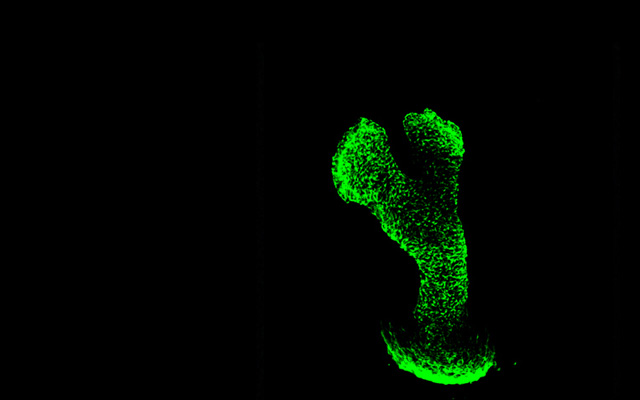Liver Organoid and Its Application in the Study of Liver Diseases Caused by Human Hepatotropic Virus Infection
CHEN Shanmei1, ZHANG Wenjie1, WANG Yang1, YUAN Lili1, ZHENG Wei2, YU Xiaoping1, WU Yihang1*
Organoids are three-dimensional cell clusters that mimic the structure and function of the organs in vivo. Due to its composition, structure and function are very close to the organs in the body, it is often seen as a new “model organism” and is used to study the mechanism of disease pathogenesis, drug evaluation and other stud ies. Liver organoids that formed by stem cells or hepatocytes under the synergy of the specific extracellular matrix and a variety of signaling molecules have similar functions to the human liver as the center of metabolic regulation and detoxification. Liver organoids are commonly used to study drug-induced liver injury, acute/chronic hepatitis, fatty liver disease and liver cancer etc. However, it can also be used to study viral liver disease and the liver injury caused by other hepatotropic virus infections. Given the limitations of two-dimensional cell infection models and animal models, organoids are considered to be an ideal model for mimicking host cell-virus interactions and host cell immune responses. Therefore, this article reviews the progress of liver organoids employed in the study of liver diseases caused by hepatotropic virus infection, focusing on hepatitis B virus, hepatitis C virus, hepatitis E virus and severe acute respiratory syndrome coronavirus 2. In order to provide references for the prevention and treatment of hepatotropic virus infection, this review analyzed common characteristics of hepatotropic virus, the relationship between hepatocyte polarity and viral susceptibility, as well as the challenges in the establishment of liver organoid model induced by hepatotropic virus infection.




 CN
CN EN
EN